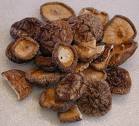Checked on the oysters growing on cornstalks, and was excited to see mushrooms forming.
There is a couple of clumps forming and the mycelium has spread throughout. The mass may grow pretty fast now that that the fruiting has started! The timing might workout pretty well since the temperatures are almost stable enough to set the tub outside.
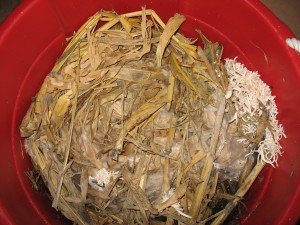
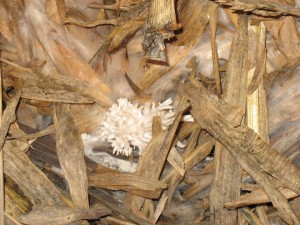


It is good to see this working because I didn’t have to put much work into it.There is not much much money invested either. The cornstalks were just broken up enough to fit in the tub and soaked in water. Since it is very low tech and low cost it has real possibilities for farmers, both those farming for a hopeful profit and those farming to provide food to survive.
The cornstalks could have been bagged up and sent to the landfill, and instead will be turned into food. I will keep you updated on this project.

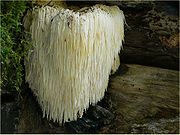
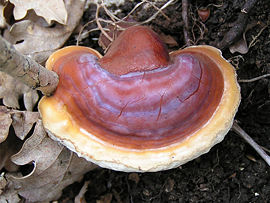
 Shiitake mushrooms have proven to be an all around healthy food. The medicinal properties are almost as good as the Reishi, which is tasty but difficult to eat in volume.Western society has finally realized what eastern society has known for centuries. Mushrooms are good for you and have incredible healing properties for our ailing society.
Shiitake mushrooms have proven to be an all around healthy food. The medicinal properties are almost as good as the Reishi, which is tasty but difficult to eat in volume.Western society has finally realized what eastern society has known for centuries. Mushrooms are good for you and have incredible healing properties for our ailing society.